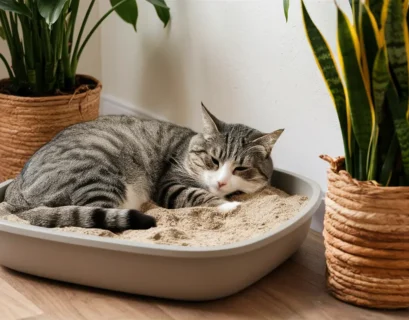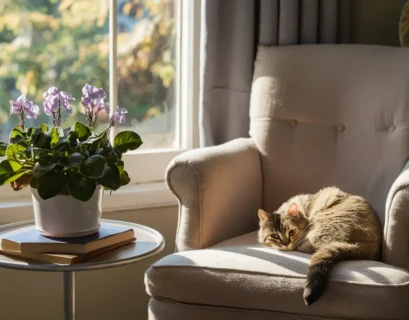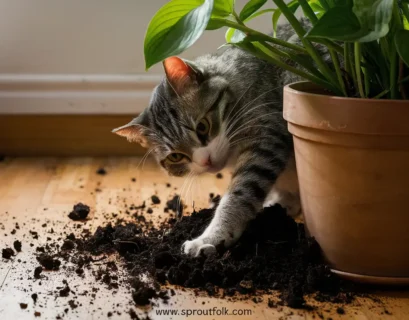Houseplants add vibrancy to our homes, but some varieties can be harmful to curious pets. If you suspect your dog has nibbled on a toxic plant, immediate action is vital. Here’s what you need to do when your dog eats a toxic plant:
Don’t Panic, But Act Quickly
- Identify the Plant: If possible, try to identify the plant involved. Take a picture or a sample of the plant to bring to the vet or animal poison control center. Use Google Lens for better identification
- Assess Your Pet: Look for signs of poisoning, such as vomiting, diarrhea, drooling, lethargy, or unusual behavior.
Contact the Professionals
- Call Your Veterinarian Immediately: Explain the situation and the type of plant (if known). Whether your pet shows symptoms or not, seeking professional guidance is crucial.
- Animal Poison Control: If your veterinarian is unavailable, contact the Animal Poison Control Center (ASPCA: (888) 426-4435 or Pet Poison Helpline: (855) 764-7661 – https://www.aspca.org/pet-care/animal-poison-control ). These 24/7 hotlines are staffed by veterinary professionals who can provide vital advice.
What NOT to Do
- Do not induce vomiting unless specifically instructed by a veterinarian.
- Do not give your pet any medications or home remedies without consulting a professional.
- Do not wait for symptoms to appear before seeking help.
Time is of the essence when it comes to pet poisoning. By staying calm, identifying the plant, and contacting your veterinarian or animal poison control immediately, you can significantly increase your pet’s chances of a full recovery.
Keep a list of emergency contact numbers, including your veterinarian and animal poison control, readily available. Consider keeping a non-toxic houseplant identification guide handy for quick reference, but for the most up-to-date information, consider this resource: Best Non-Toxic Houseplants for Dog and Cat Owners in 2024.
By being prepared, you can ensure your pet’s safety in case of an accidental plant-related incident.











